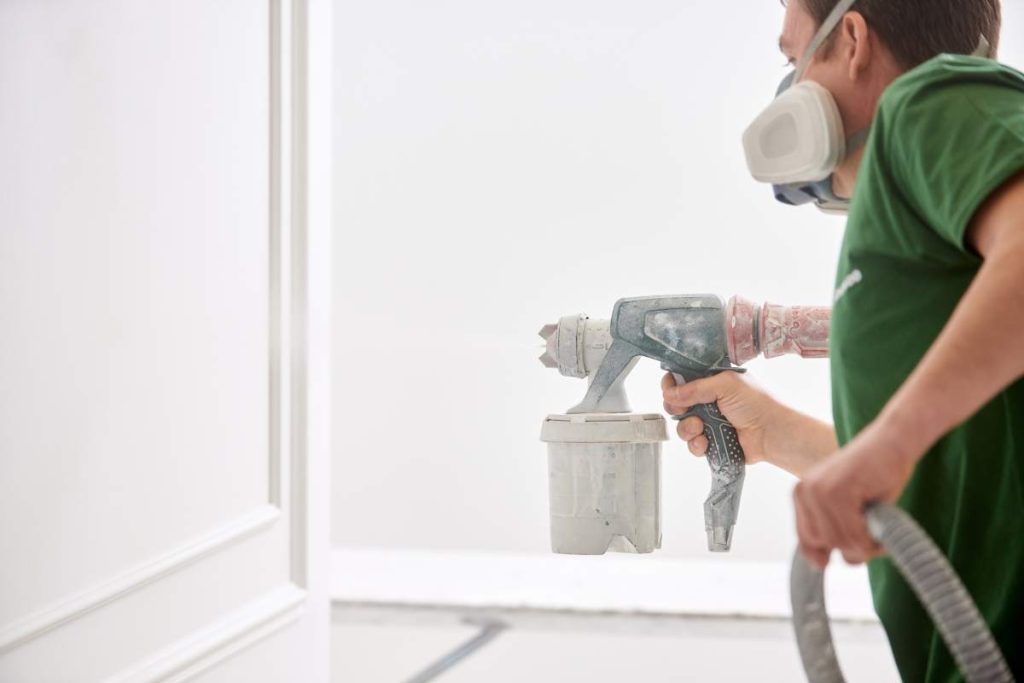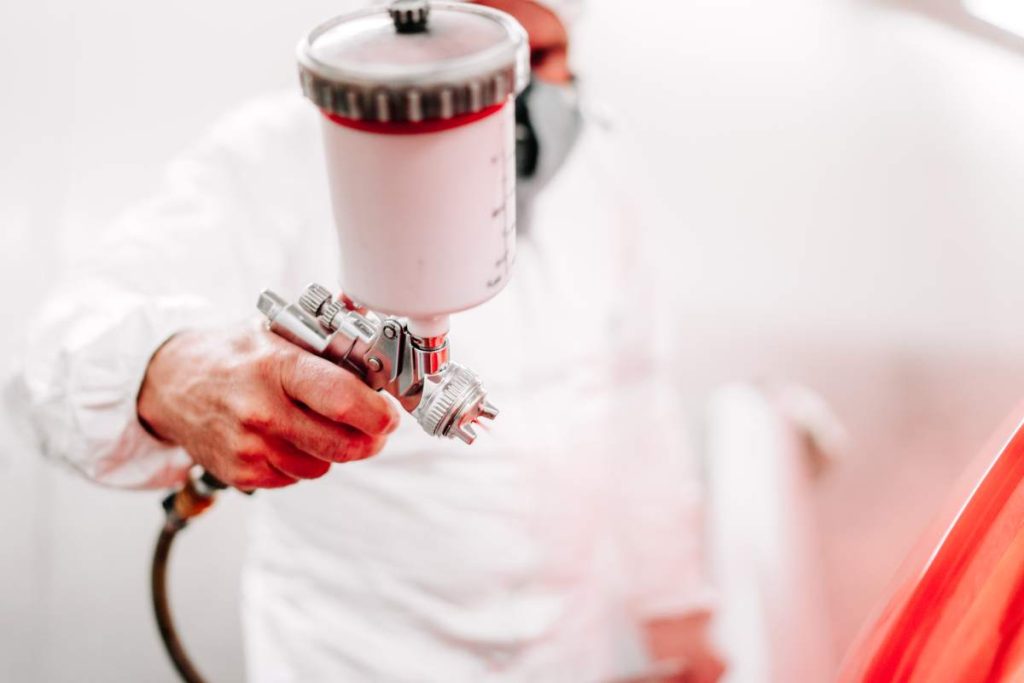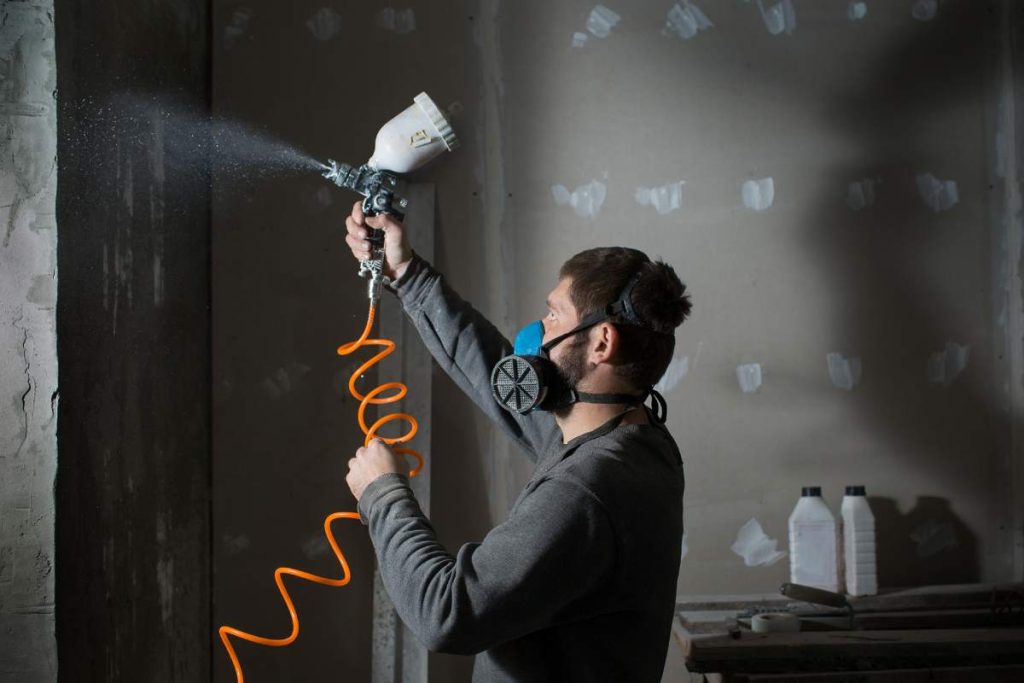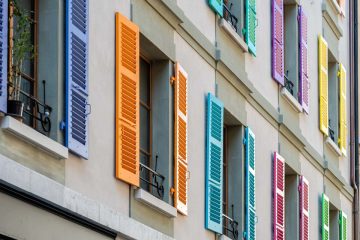Is a Paint Sprayer Better Than Regular Paint? Does a Paint Sprayer Use More Paint?
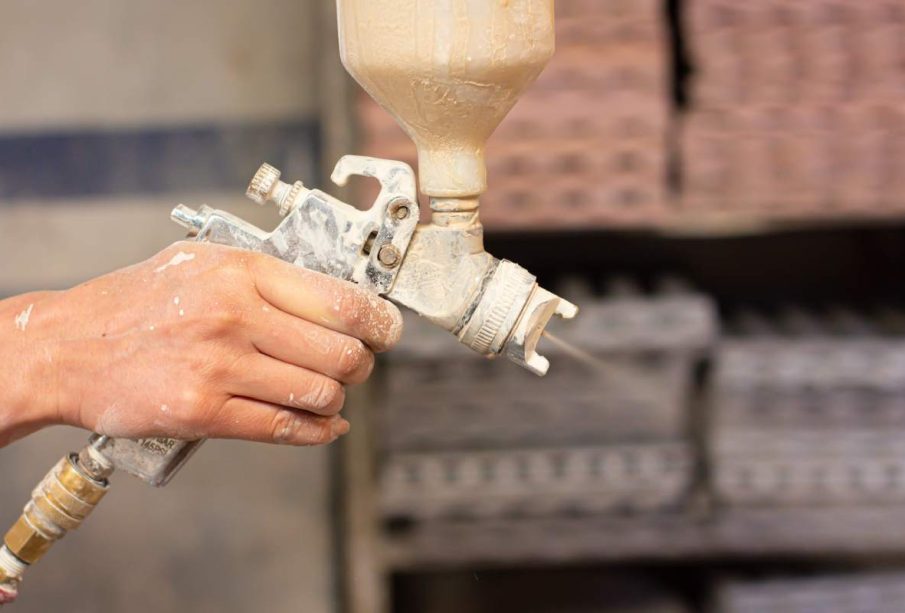
When tackling a painting project, whether it’s sprucing up a room or taking on a larger exterior job, choosing the right tools and techniques can make a significant difference. Paint sprayers are popular for their ability to quickly cover large surfaces and deliver a smooth, professional finish. However, they can also lead to increased paint usage if not used correctly.
To help you make the most of your paint sprayer and ensure you’re using paint efficiently, here are some practical tips for reducing paint waste and achieving the best results.
More to read:
- Does paint colour affect temperature? What colour should I paint my home?
- How do I design my own kitchen layout? What is the best layout for a small kitchen? How to arrange kitchen without cabinets?
- 6 Reasons Why You Should Consider Hiring a Professional Renovation Company
Is a Paint Sprayer Better Than Regular Paint?
When it comes to painting a room or a project, the choice between using a paint sprayer and traditional paint methods can be crucial. Here’s a breakdown of the advantages and disadvantages of each to help you decide which is better for your needs.
What is a Paint Sprayer?
A paint sprayer is a tool that applies paint in a fine mist, which is then sprayed onto surfaces. This method uses a motor to force paint through a nozzle, allowing for an even coat. There are two main types of paint sprayers: airless and HVLP (High Volume Low Pressure).
- Airless Sprayers: These use high pressure to push paint through the nozzle, creating a smooth finish. They are ideal for large areas and can handle thicker paints.
- HVLP Sprayers: These use lower pressure and a larger volume of air to atomize the paint, providing more control and less overspray. They are best for detailed work and smaller projects.
Advantages of Using a Paint Sprayer
- Faster Application: Paint sprayers cover large areas quickly. This makes them a great choice for big projects or if you want to finish a job in less time.
- Smooth Finish: Because the paint is atomized into a fine mist, you get a smooth, even coat without brush marks or roller lines.
- Less Physical Effort: Spraying paint requires less physical effort compared to rolling or brushing, which can be a big advantage for larger projects.
- Versatility: Paint sprayers can be used on a variety of surfaces, including walls, ceilings, fences, and furniture. They are also effective for painting intricate details and hard-to-reach areas.
Disadvantages of Using a Paint Sprayer
- Preparation Time: Preparing a room for spraying can be time-consuming. You’ll need to cover floors, furniture, and other areas to protect them from overspray.
- Cleanup: Cleaning a paint sprayer can be more complex than cleaning brushes or rollers. You need to thoroughly clean the sprayer and its components to prevent clogs and maintain performance.
- Over-spray and Waste: Paint sprayers can produce overspray, leading to paint wastage and potential messes. This requires careful technique and proper masking to avoid unwanted paint on surfaces.
- Cost: Paint sprayers can be more expensive than traditional painting tools. There’s also a learning curve to using them effectively.
Traditional Paint Methods
Traditional painting usually involves brushes or rollers. Brushes are used for detailed work, while rollers are good for covering large areas quickly.
- Brushes: Ideal for small areas, corners, and trim. They offer precision but can leave brush strokes.
- Rollers: Great for larger surfaces. They are less efficient than sprayers for very large projects but are straightforward and easy to use.
Advantages of Traditional Painting
- Lower Cost: Brushes and rollers are generally cheaper than paint sprayers, and you can often find them at most home improvement stores.
- Less Overspray: There is minimal overspray with brushes and rollers, which reduces the need for extensive masking.
- Easier Cleanup: Brushes and rollers are easier to clean compared to sprayers. You only need to clean them with water or solvents, depending on the type of paint used.
- Control: It’s easier to control the amount of paint applied with a brush or roller, making them suitable for touch-ups and detailed work.
Disadvantages of Traditional Painting
- Time-Consuming: Traditional methods can take longer to complete, especially if you’re working on large surfaces.
- Visible Marks: Brushes and rollers can leave marks or uneven patches, requiring additional coats and touch-ups.
Which is Better?
The choice between a paint sprayer and traditional methods depends on your project’s size, budget, and desired finish. For large projects where speed and a smooth finish are important, a paint sprayer might be the better option. For smaller jobs, or if you prefer a lower cost and simpler cleanup, traditional methods could be more suitable.
